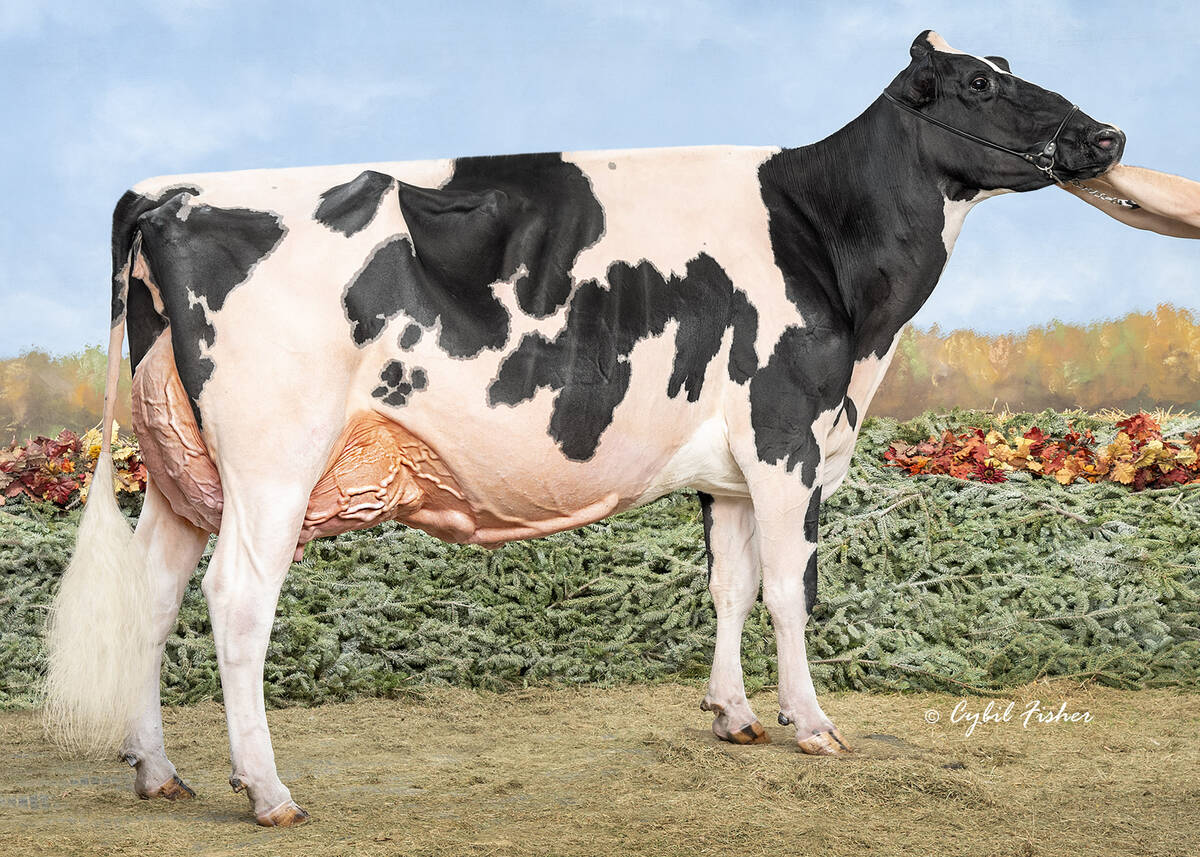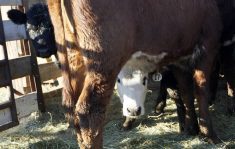OSOYOOS, B.C. – Over the years Steve and Faye Street built up a small business killing cattle on their ranch and selling the beef to local consumers.
New meat inspection rules for British Columbia effective in 2006 will prohibit on-farm slaughter, but for people living in the Kootenays, this creates a major dilemma. There are no licensed abattoirs in the province’s southeast.
“We have never had a licensed abattoir in the Kootenays,” Faye Street said.
She and Steve sell more than 30 head per year from the farmgate as sides or wholes. The meat is cut and wrapped at a local butcher shop.
Read Also

Saskatchewan dairy farm breeds international champion
A Saskatchewan bred cow made history at the 2025 World Dairy Expo in Madison, Wisconsin, when she was named grand champion in the five-year-old Holstein class.
The Kootenay Livestock Association wants to build a $1.3 million small plant outside of Cranbrook to process cattle, sheep and hogs and possibly a separate facility for poultry.
“Let’s produce, process and consume as much locally as we possibly can,” she said.
Street favours the new meat rules but still wants more local processing. Her group has already contacted local grocers and restaurants willing to buy locally produced meat, but building an abattoir is expensive.
“That is where government needs to step in. We have a crisis in this country so if they can help us build these abattoirs, not as a money making entity, not as a business,” she said.
“I want them to look at these abattoirs as a service facility to keep 100 ranchers in business.”
The project is named Pride of the Kootenays. Feasibility studies and marketing strategies have been done, a business plan has been written and a plant design has been drawn to kill a maximum of 4,000 animals per year.
There are 175 members in the Kootenay livestock association and Street said it is unrealistic to ask them for funds through a co-operative or other plan.
“There are people out there who don’t know how they are going to pay their next fuel bill. Why would I go to the ranching industry and say ‘pony up’ when they are hurting that bad?”
The ranchers hope to receive a grant from the Columbia Basin Trust Fund, an initiative set up to compensate for loss of agricultural land and wildlife habitat after a reservoir was created on the Kootenay River. The rest would be borrowed from Farm Credit Canada or another lender.
Andrew Raphael, a beef consultant, told the B.C. Cattlemen’s Association annual meeting that the group faces three challenges in starting its own processing industry: capital, waste disposal and regulations.
Waste disposal for B.C. is a unique problem because the province produces 35,000 tonnes of specified risk materials such as brains, spinal cords and other body parts considered at higher risk of BSE infection. There is a huge cost for existing small plants to manage waste.
While the B.C. government has said it is not going to build packing plants, Raphael said it could get involved in handling wastes as a public health initiative.
Mobile abattoirs pose special problems for B.C. While they can move around the province and service isolated areas, they are basically a kill and chill facility and can’t hold carcasses for more than a day.
Turning the carcasses into meat cuts has to take place elsewhere so the extra leg in the beef journey adds expense, especially with gasoline nearing $1 a litre in B.C.
Federal authorities are also opposed to mobile plants because of the waste disposal issue.















